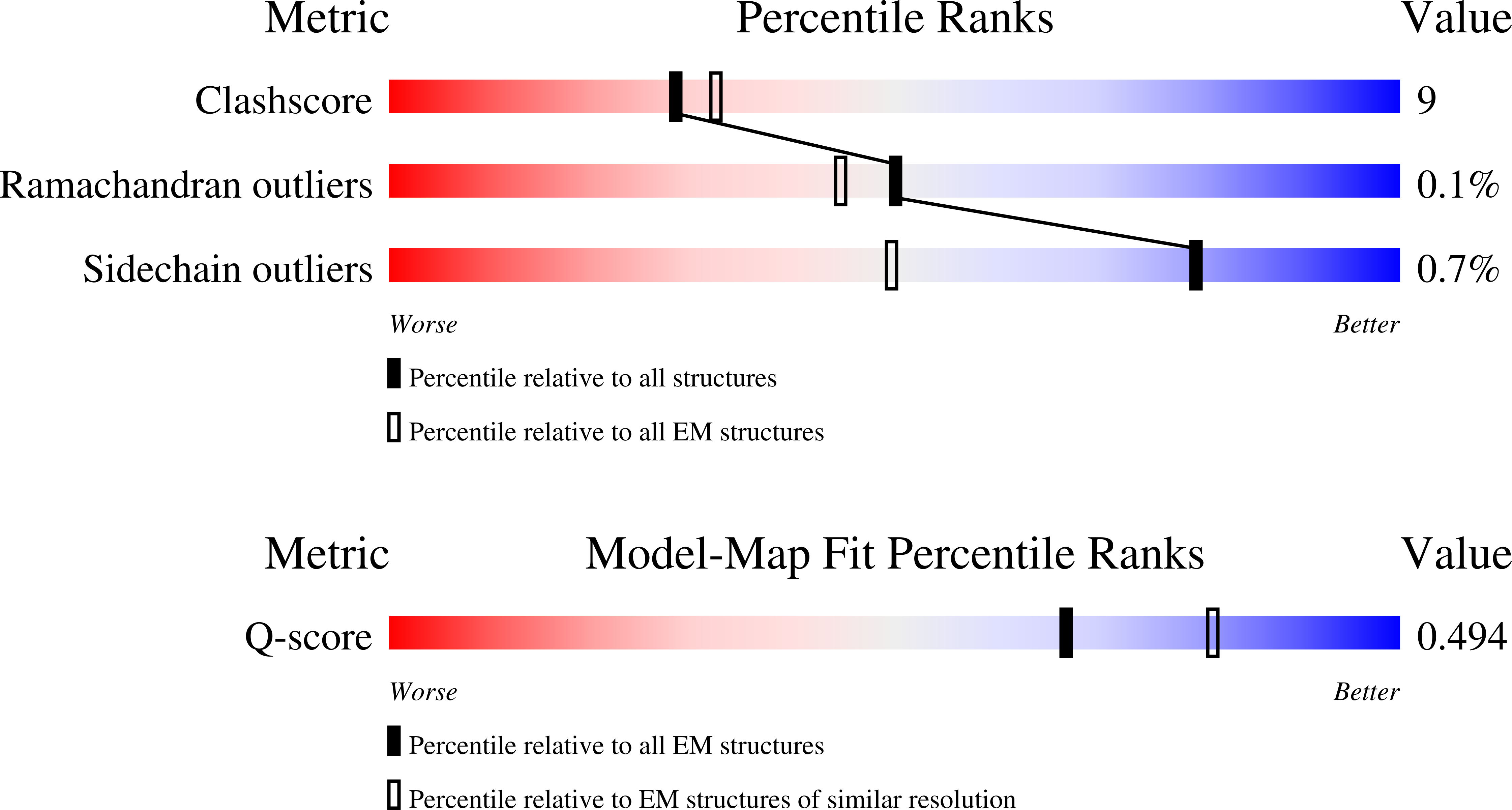
Deposition Date
2025-06-12
Release Date
2025-11-12
Last Version Date
2025-11-12
Entry Detail
PDB ID:
9P2R
Keywords:
Title:
Extended, CYR715-bound state of Manduca sexta soluble guanylate cyclase mutant beta C122S
Biological Source:
Source Organism:
Manduca sexta (Taxon ID: 7130)
Host Organism:
Method Details:
Experimental Method:
Resolution:
3.60 Å
Aggregation State:
PARTICLE
Reconstruction Method:
SINGLE PARTICLE


